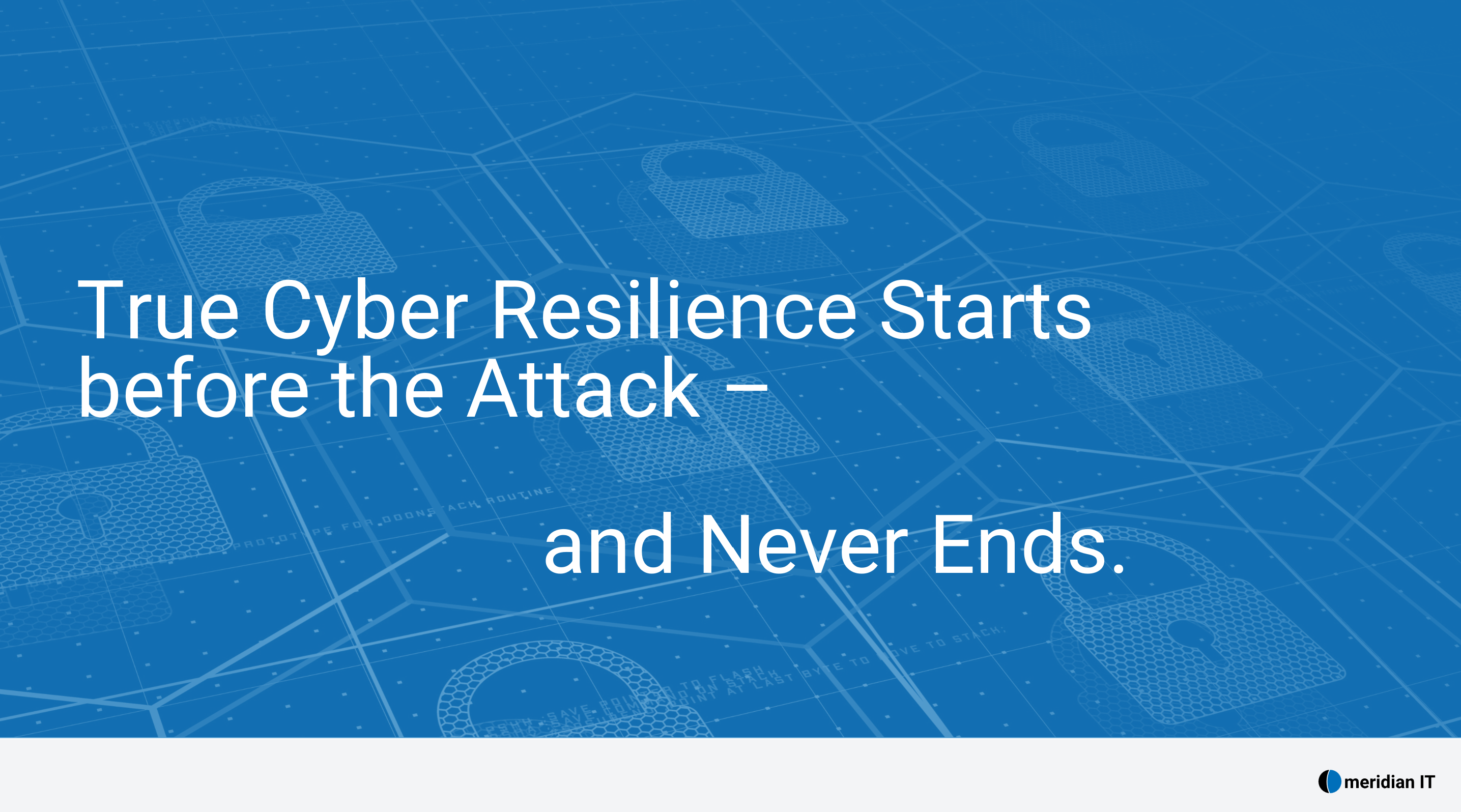In today's digital environment, traditional security models fall short. The rise of cloud computing, remote workforces, and sophisticated cyber threats has exposed the weakness of the old "trust but verify" approach. This is where Zero Trust Security plays a crucial role: a modern framework designed to meet the needs of the current IT landscape.
What is Zero Trust Security?
Zero Trust is a security model based on a simple yet powerful principle: never trust, always verify. Unlike traditional perimeter-based security models that assume everything within the network can be trusted, Zero Trust recognizes that threats can arise from both inside and outside the network. As a result, no user, device, or application is granted automatic access, even if it's within the network perimeter.
Key elements of a Zero Trust model include:
- Least privilege access: Users and systems are granted the minimum level of access necessary to perform their tasks.
- Continuous verification: Every access request is evaluated in real-time based on multiple factors, including user identity, device health, location, and behavior.
- Microsegmentation: Networks are divided into smaller zones to limit the impact of a potential breach.
- Multi-factor authentication (MFA): Strong authentication methods are used to validate identity.
What Does Your Business Need It?
- Rising Cyber Threats: Cyberattacks are more frequent and damaging than ever. From phishing and ransomware to insider threats, organizations face constant risks. Zero Trust reduces the attack surface by enforcing strict access controls and contact monitoring.
- Support for Hybrid Work: Perimeter-based security is no longer sufficient for employees working remotely or across various locations. Zero Trust ensures access regardless of the area of users or devices.
- Compliance and Risk Reduction: Many industries are subject to strict data privacy regulations. Zero Trust helps businesses meet compliance requirements by maintaining strong access controls, detailed audit trails, and robust encryption protocols.
- Minimized Lateral Movement: Zero Trust architecture limits the extent to which an attacker can move within your systems if a breach occurs. Microsegmentation and strict identity verification prevent attackers from accessing sensitive assets.
- Enhanced Visibility and Control: Zero Trust provides a clearer picture of who is accessing what, when, and from where. This increased visibility enables IT teams to identify suspicious activity early and respond promptly.
The Bottom Line
Zero-trust security isn't just a trend—it's a necessary evolution in cybersecurity. It's not a single product but a holistic approach that strengthens your entire security posture by assuming a breach and verifying everything. Whether you're a small business or a large enterprise, adopting a Zero-Trust model helps protect your data, your reputation, and your bottom line.
Ready To Take The Next Step?
Explore how our tailored security solutions can help businesses effectively implement a Zero-Trust strategy. Check out our mProtect solution and get started today.




